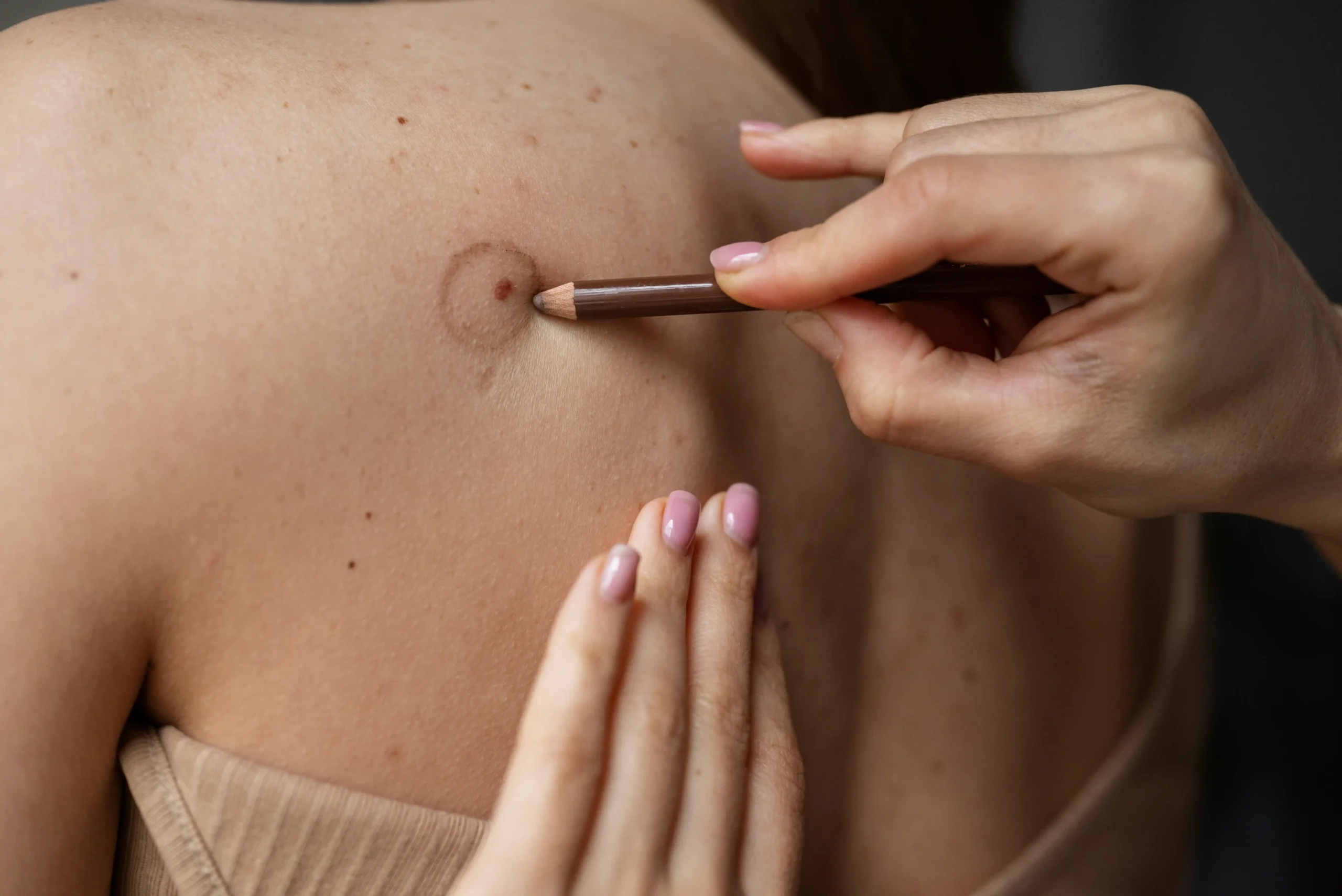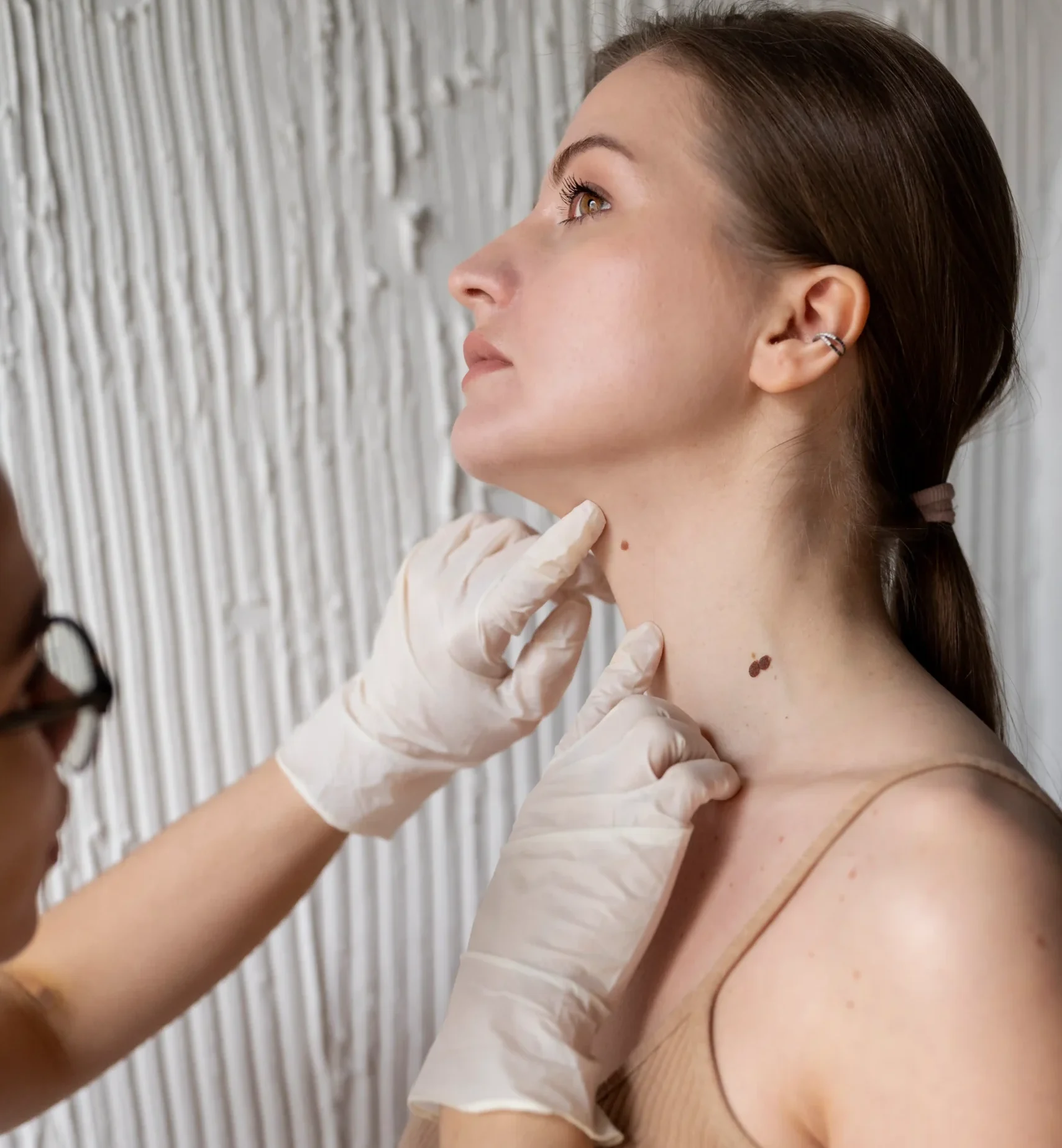Stay Safe With Mole Checks and Removal In Queens

Moles
Most people have 10-40 moles, growths that form on the skin of your upper body due to sun exposure. At Adult and Pediatric Dermatology in the Forest Hills neighborhood of Queens, New York, the team of medical dermatologists specializes in identifying and treating benign and cancerous moles. Call the office or use the online booking feature to make an appointment.
What are moles?
A mole is a growth that forms on your skin. Moles are usually small, dark brown, and develop in clusters. The majority of moles are harmless, but they can become cancerous. If you notice one (or several) moles that are large, asymmetrical, or abnormally colored, make an immediate appointment with the team at Adult and Pediatric Dermatology.
Start Your Transformation
Schedule your consultation today and discover how our expert team can help you achieve your aesthetic and skin health goals.
Read Our Reviews
Posted on

What are the
symptoms of moles?
Most moles are round or oval-shaped. They’re typically less than a quarter-inch in diameter and tend to form on areas of your skin above the waist, your chest, back, neck, and face. Most are brown, but they can also be black, red, blue, or even pink.
Moles change in appearance and can fade as you age. They usually aren’t a cause for concern unless they grow rapidly, itch, or bleed.
Most Major
Insurances Accepted
Most Major Insurances Accepted
Please call our office if you do not see your insurance plan listed below. If your insurance plan requires you to obtain a referral from your primary care doctor, please obtain one prior to your visit or call our office to ask if a referral or authorization is needed for your insurance. If referral is not available at the time of the visit, your appointment will be rescheduled.

When should I see a
dermatologist about moles?
Make an appointment with the Adult and Pediatric Dermatology team if you have one or more moles that look unusual, continue growing, or change. When diagnosed early, skin cancer is easier to treat.
How can I protect my skin
from moles?
- Staying inside during peak sunlight
- Using sunscreen year-round, even when it’s cloudy
- Protecting your skin from the sun’s UV rays
- Avoiding tanning salons and tanning beds
It’s also a good idea to visit a dermatologist at least once a year. Routine skin exams will alert you to potentially serious problems early on.

Choose Your Provider
Meet our team of board-certified specialists dedicated to your skin health and beauty

Michael Paltiel,MD
Dermatology

Zina Goldvekht, PA-C
Physician Assistant

Aleksey Babakhanov, FNP
Family Nurse Practitioner

John Perrotti, MD
Plastic Surgery

Irma Meni
Cosmetologist
How are moles treated?
Most moles don’t require treatment unless they affect your confidence or interfere with your quality of life.
If you have a cancerous mole, the Adult and Pediatric Dermatology team removes it during an outpatient procedure. First, your provider numbs your skin with a local anesthetic. They then carefully remove your mole and the surrounding tissue and close your incision with stitches.
Contact the Adult and Pediatric Dermatology team right away if your mole returns after removal.
To learn more about the treatment options for moles, make an appointment today at Adult and Pediatric Dermatology by calling the office or booking an appointment online.


